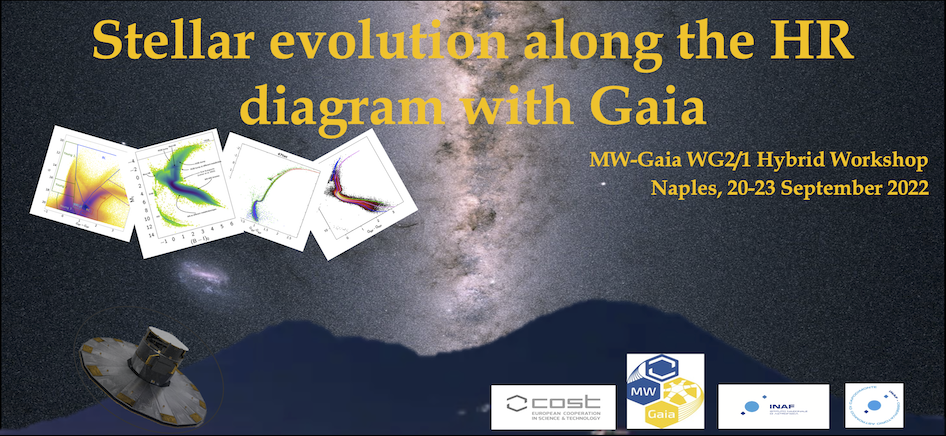Speaker
Description
IACOB is an ambitious long-term observational project which is contributing to the so-called new era of investigation of massive stars by concentrating on Galactic OB stars. More specifically, the main scientific goal of the project is to provide a complete empirical overview of the physical properties of a statistically significant sample of Galactic OB stars. In particular, the ultimate driver of the project is that the compiled information can be used as a strong and long-lasting empirical anchor point for our theories of stellar atmospheres, winds, interiors and evolution of massive stars. In this endeavor, we are benefiting from: (a) optical, high-resolution spectroscopic instruments attached to 1-5~m telescopes, mostly in the Canary Islands observatories; (b) state-of-the-art tools and techniques to perform single snap-shot and multi-epoch quantitative spectroscopic analyses (providing accurate estimates for the stellar/wind parameters, rotational velocities, abundances, as well as information about stellar phenomena giving rise to spectroscopic variability/peculiarity such as binarity, pulsations, rotational modulation, peculiar emission and/or wind variability); (c) parallaxes and proper motions provided by the Gaia mission; and (d) high-cadence, uninterrupted photometry provided by the TESS mission.
In this talk, I will provide an overview of how the incorporation of Gaia data to the IACOB project is helping us to solve some of the long-standing questions and problems about the first stages of evolution of stars born with masses in the range between 15 and 80 Msol. Special emphasis will be put in the critical importance of supporting Gaia observations with ground-based spectroscopic surveys to be able to investigating stellar evolution along the upper right region of the HRD with Gaia.

